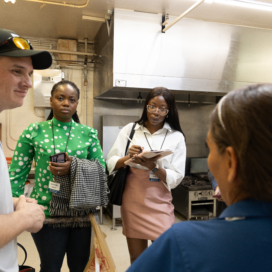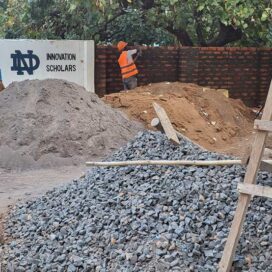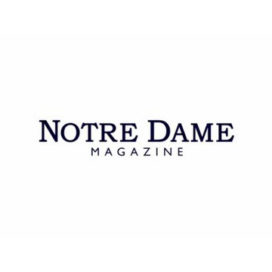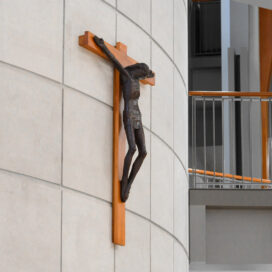Finding a seat: 2 business profs and a grad student built an app to help sports venues with physical distancing
Published: July 28, 2020 / Author: Melissa Jackson
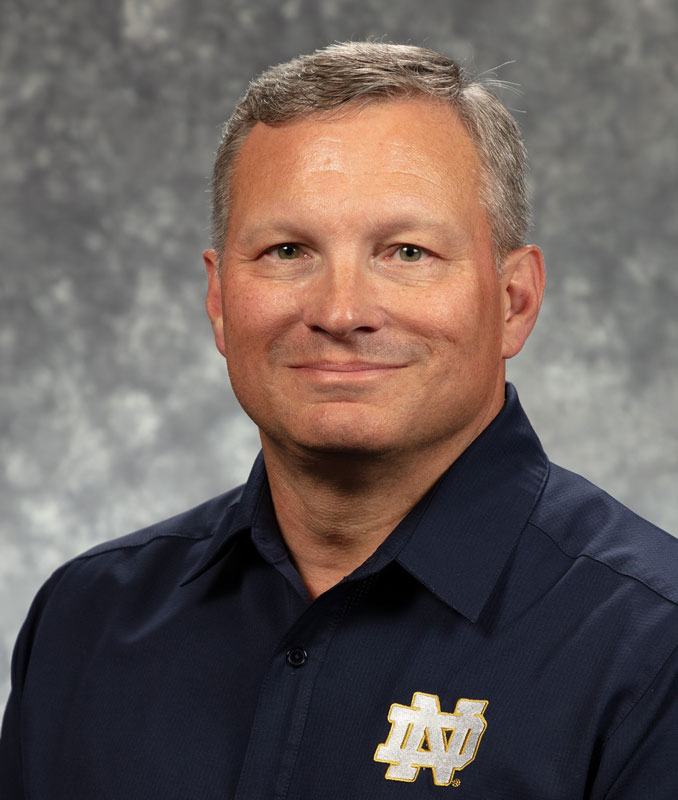
Scott Nestler
If the coronavirus pandemic ended tomorrow, Scott Nestler’s newly launched company’s days would likely be numbered.
He’s ok with that.
After all, only during such an upside-down time as a global pandemic could a startup that pinpoints the optimal way to avoid capacity crowds at an event be useful. As colleges and universities reopen their campuses in the age of physical distancing and capacity restrictions, the question of how to safely seat people in large, ticketed spaces such as stadiums, arenas and theaters while still maximizing attendance (and revenue) is a million-dollar question.
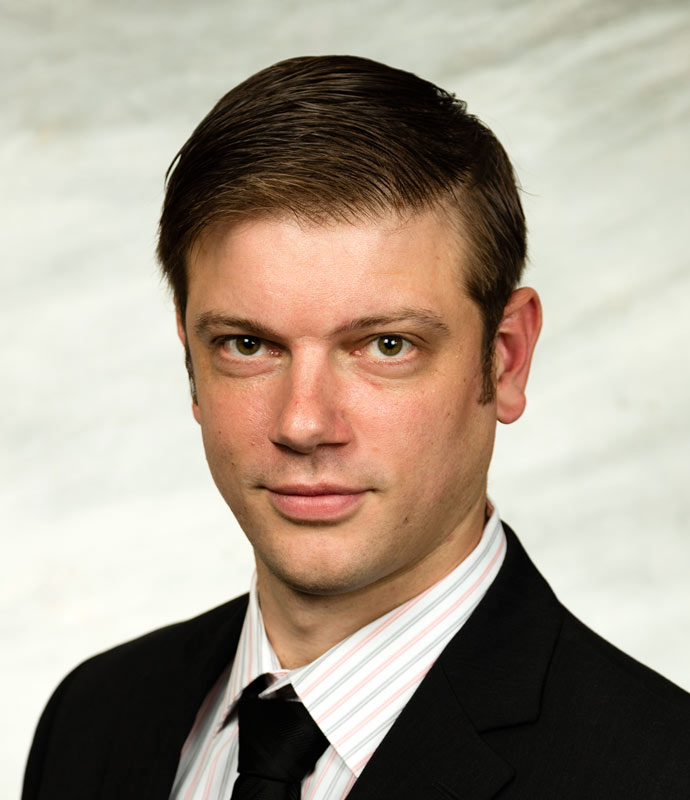
Seth Berry
Enter SafeSeating Solutions — the aptly named company that Nestler, the academic director for the Master of Science in Business Analytics program at the University of Notre Dame’s Mendoza College of Business, cofounded with Mendoza colleague Seth Berry and graduate business student Joe Jenkins (MSBA ’20, MBA ’21). The trio developed a cloud-based tool to help venue managers plan out the optimum seating configuration that aligns with their physical distancing and reduced capacity mandates.
It’s powered by what’s known as combinatorial optimization, a type of prescriptive analytics that focuses on determining the best results under a given set of conditions and assumptions.
The idea for solving seating problems by harnessing this subfield of operations research, Nestler’s specialty, caught his attention in late May. He approached the ticketing office for Notre Dame Athletics about the potential of using such a tool in the stadium and other athletics venues on campus. They researched available options and eventually asked him if it might be possible to develop something internally.
“While I knew that I could do it from a technical perspective, I was concerned about a lack of available time,” says Nestler, whose summer teaching load included two graduate-level classes and a Summer Scholars course for pre-college students. “I told them I would think about it over the weekend and get back to them. It bugged me so much I couldn’t sleep, so I got up and started coding and by Monday had a working, but ugly, prototype.”
He recruited Seth Berry, a colleague in Mendoza’s IT, Analytics, and Operations Department, and Joe Jenkins, who completed his MSBA degree in 2020 and is currently pursuing a Notre Dame MBA through the University’s one-year program. Berry works on data wrangling and Jenkins manages the user interface. Using their platform, venue managers upload a list of every seat in a space or section along with a list of the groups that need to be seated. Users then enter their physical distancing requirements, such as number of rows to skip or empty seats between groups, and, optionally, a reduced capacity limit. The results are available within minutes or seconds.
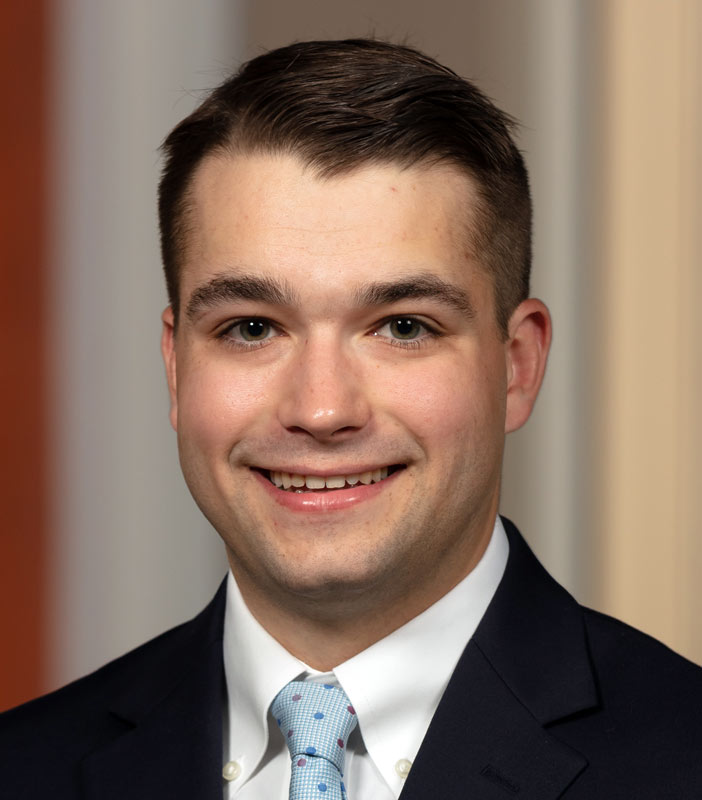
Joe Jenkins
For Jenkins, the project illustrates how business intelligence tools can help people tackle problems more efficiently. “I think that’s definitely an example of how data is just helping to drive and push the world forward. It’s connecting both the human decisions and the machine decisions to make the best outcome,” he says.
Currently, Notre Dame Athletics is using the SafeSeating application to assess options for events within its venues, including seating arrangements for the Opening of the Academic Year Mass in Notre Dame Stadium. As athletics competitions are scheduled, the ticketing office plans to use the program to help map out seating arrangements.
“There is no playbook for physical distancing within a stadium so everything we plan is really starting from scratch,” says John Breeden, assistant athletics director for ticketing. “It’s a completely different philosophy from trying to sell every seat in the stadium to finding a way to safely seat a fraction of our normal capacity.”
The SafeSeating algorithm makes planning for different scenarios more efficient. “The greatest appeal was that, as an industry, we didn’t have many program options available to us that could take into factor certain physical distancing parameters and quickly tell you the effects on capacity. There is no precedent for physical distancing in a large stadium so to be able to quickly change those parameters has proven to be instrumental in our planning,” Breeden says. “The biggest benefit has been and continues to be the time it has saved our staff. It has allowed us to focus on other planning aspects of the season.”
After completing the project for the athletics department, Nestler, Berry and Jenkins decided to commercialize their platform. Subscribers have access to the software via a web-based application.
 Nestler says the physical distancing challenges facing large venues highlights how analytics problem-solving often unfolds in the business world: “A lot of times, real-world problems don’t actually start with data. They start with questions or problems that people or organizations have,” he says. “And then the question becomes, ‘How can I translate this business problem into an analytics problem that I hopefully can solve with data and a model?’”
Nestler says the physical distancing challenges facing large venues highlights how analytics problem-solving often unfolds in the business world: “A lot of times, real-world problems don’t actually start with data. They start with questions or problems that people or organizations have,” he says. “And then the question becomes, ‘How can I translate this business problem into an analytics problem that I hopefully can solve with data and a model?’”
The SafeSeating application illustrates the kind of collaboration and creative thinking that Notre Dame, which was among the first institutions to announce plans for in-person fall classes with a phased campus reopening, has deployed in response to the coronavirus pandemic.
“We have extremely talented individuals throughout campus that can prove to be tremendous resources and problem solvers,” Breeden says. “During these uncertain times, it’s important to remember that we’re in this together as a campus community. The work that Scott and his team have done is a great example of this.”

